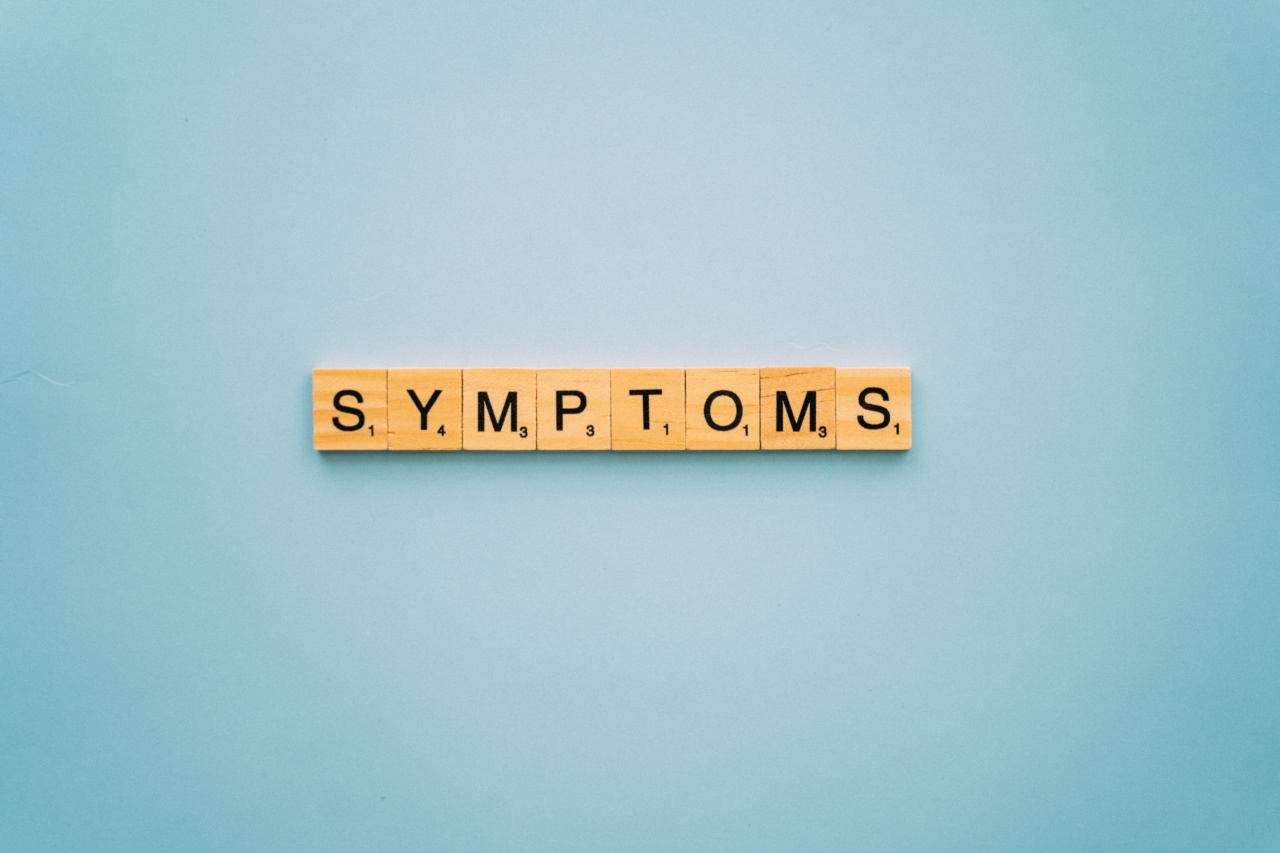Preeclampsia is a serious medical condition that can occur during pregnancy. It is characterized by high blood pressure and damage to organs, most commonly the liver and kidney.
If left untreated, preeclampsia can lead to serious complications including organ failure, seizures, and even death.
What Causes Preeclampsia?
The exact cause of preeclampsia is not known, but researchers believe that it is caused by a combination of genetic, environmental, and lifestyle factors.
Women who have a history of high blood pressure or diabetes are at an increased risk of developing preeclampsia during their pregnancy. Other factors that can increase the risk of developing preeclampsia include obesity, autoimmune disorders, and a family history of preeclampsia.
What are the Signs and Symptoms of Preeclampsia?
The signs and symptoms of preeclampsia can vary from woman to woman, but some of the most common signs and symptoms include:.
1. High Blood Pressure
The hallmark of preeclampsia is high blood pressure. A systolic blood pressure (the top number) of 140 or higher and/or a diastolic blood pressure (the bottom number) of 90 or higher is a sign of preeclampsia.
2. Proteinuria
Proteinuria is the presence of abnormally high levels of protein in the urine. This occurs when the kidneys are not functioning properly, which is a common complication of preeclampsia.
3. Edema
Edema is the swelling of the hands, feet, and face. This is a common symptom of pregnancy, but excessive swelling can be a sign of preeclampsia.
4.
Headaches and Vision Changes
Headaches and vision changes, such as blurred vision, flashing lights, or temporary loss of vision, can be a sign of preeclampsia and require immediate treatment.
5. Abdominal Pain
Abdominal pain, especially in the upper right portion of the abdomen, can be a sign of liver involvement in preeclampsia.
6. Nausea and Vomiting
Nausea and vomiting can occur as a result of liver involvement in preeclampsia and are often accompanied by other symptoms, such as abdominal pain and high blood pressure.
7. Reduced Fetal Movement
Reduced fetal movement can be a sign of fetal distress and is commonly associated with preeclampsia.
8. Rapid Weight Gain
Rapid weight gain, especially more than 2 pounds per week, can be a sign of preeclampsia.
9. Difficulty Breathing
Difficulty breathing can occur as a result of fluid accumulation in the lungs, a common complication of preeclampsia.
10. Seizures
In severe cases of preeclampsia, seizures can occur, which is known as eclampsia. This is a life-threatening complication that requires immediate medical attention.
Conclusion
If you are pregnant and experience any of the signs and symptoms of preeclampsia, it is important to seek medical attention immediately.
Early detection and treatment of preeclampsia can prevent serious complications and ensure a safe pregnancy and delivery.






























